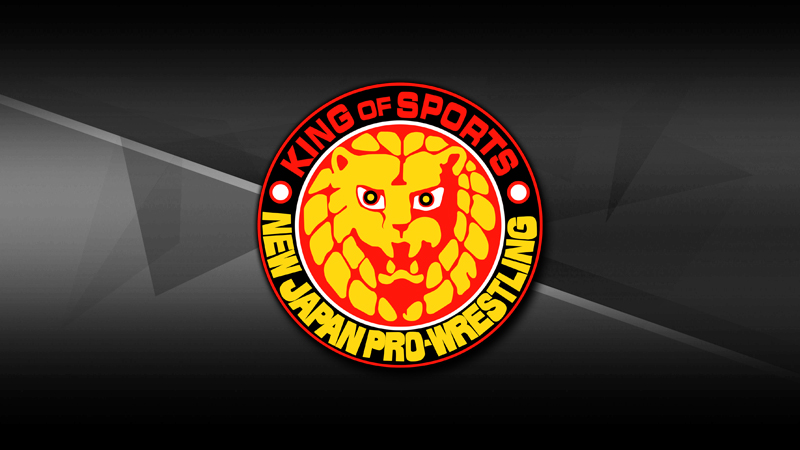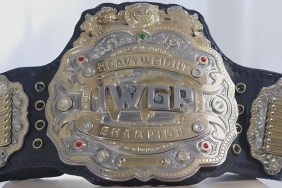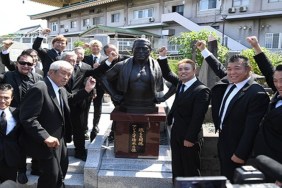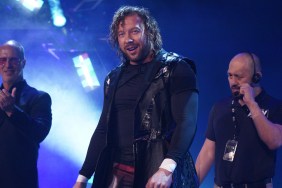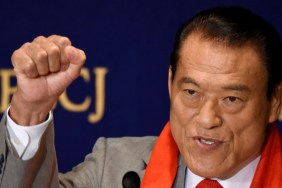Post-World War 2 Japan was a confusing place at a confusing time. After all the destruction that took place, it wasn’t just the infrastructure that was wounded – it was the pride of the people. The country was in the rebuilding stage and people were still recovering from the effects. Apart from just the drastic economic change it had, there was a drastic social change as well.
The people needed a hero. Someone to look up to and someone to idolize. Their hope would be answered in the name of Rikidōzan – a man who wasn’t even Japanese by birth. Yet, this man of Korean origin would capture the hearts of millions of Japanese people, becoming a national hero in his own right and often even drawing comparisons to Muhammad Ali in terms of popularity (though his peak was far before Ali’s).
Rikidōzan was born in 1924 in Japanese-occupied North Korea. He lost his father at the tender age of 15 after which he was a part of an adopted family. He practiced Sumo Wrestling early on and would adopt a Japanese name Mitsuhiro Momota, billing himself from Omura, Nagasaki.
He would reach big heights in sumo wrestling, with Rikidōzan being his ring name. However, he decided to call it quits on sumo wrestling in 1950, partly due to financial issues and partly due to discrimination against Koreans. He would train in professional wrestling and make his debut a year later – where he went to a ten-minute draw against Bobby Burns.
Slowly but surely, Rikidōzan’s popularity began to rise. He became a top star because he always faced “evil” Americans and defeated them. While the entire concept is obviously very outdated in the 21st century, back then, it was vital because Japanese people needed a hero and Rikidōzan was the one they were looking for, as he was defeating evil foreigners and giving Japan the victory.
In reality, it was quite selfless of the wrestlers who came from outside. They were more than willing to be the heels and put Rikidōzan over, something which the Japanese-Korean would do himself. The more foreigners he defeated, the more his popularity grew and he became one of Japan’s biggest stars.
However, his peak was yet to come. His most famous rivalry was against the legendary Lou Thesz. It should be understood that Rikidōzan and Lou Thesz had the utmost respect for each other. Seeing Rikidōzan’s popularity in Japan, the legendary Thesz was more than willing to be the heel and put Rikidōzan over in August 1958, losing the NWA International Heavyweight Championship to him.
The respect that Rikidōzan had for Thesz meant that he was more than willing to return the favor, acting as the heel and losing to Thesz in North America. However, 1958 would be Rikidōzan’s breakout year and he drew unparalleled television ratings. In 1963, he faced The Destroyer – a match that got a lot more viewership primarily because there were a lot more TV sets in Japan by then.
The 1960s was also another major period in Japan and by then, Rikidōzan was enjoying all the wealth, fame and success in the world. He owned nightclubs, bars, boxing promotions. By this point, Japan Pro Wrestling Alliance (JWA) was nearly a decade old, having been established as the first-ever Japanese wrestling promotion.
His most controversial match was with Masahiko Kimura, a famous judoka. They were scheduled to have a pro wrestling match. Kimura was undefeated for a good part of a decade and during their match, things went awry. After Kimura allegedly kicked Rikidōzan’s groin for real, Rikidōzan would beat the pulp out of Kimura, making him unconscious and walking out with the Japanese World Heavyweight Championship.
His life would come to an unfortunate halt due to the Japanese Yakuza. You’re probably aware that the Yakuza was pretty much involved in any major entertainment or sporting events (and still are, though the extent isn’t known). Rikidōzan got into an altercation with a Yakuza member named Katsushi Murata, who allegedly stepped on his shoes. They got into a fight, with Rikidōzan reportedly knocking Murata down.
As an act of revenge, Murata stabbed Rikidōzan with a urine-soaked knife. Rikidōzan kicked him out of the club and sought medical treatment, though the doctor told him it wasn’t too serious and advised him to get surgery. However, Rikidōzan ignored the doctor’s advice of not drinking and he had sake almost immediately after his surgery. His condition worsened and he had a second surgery a week later, though by this point, he had contracted peritonitis. He passed away on December 15th, 1963 – aged 39.
His legacy was undoubtedly among the all-time greats and his two main students – Antonio Inoki and Shohei “Giant” Baba were the examples of this. They would become stars in their own right, forming New Japan Pro Wrestling (NJPW) And All Japan Pro Wrestling (AJPW) respectively.
Rikidōzan’s attacker Murata reportedly kept apologizing to Rikidōzan’s family, claiming that he visited his grave every year on his death.
